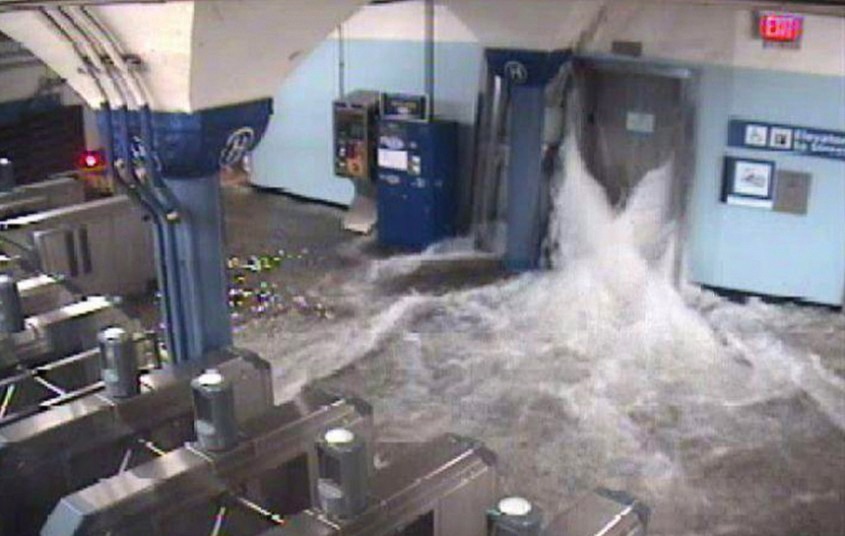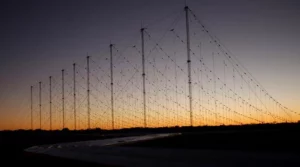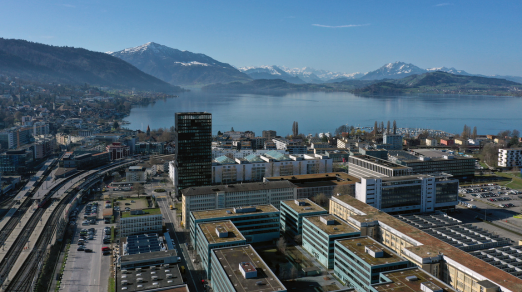As the world grapples with the escalating impacts of climate change, an unexpected and increasingly pressing issue has emerged at the intersection of environmental and digital security: climate-driven cybersecurity risks. Recent scientific studies and real-world events have highlighted how climate change is not only reshaping our physical environment but also creating new vulnerabilities in our digital infrastructure. This article explores the growing connection between climate change and cybersecurity, examines recent events that underscore this threat, and proposes strategies for mitigating these risks.
Climate change is no longer just an environmental issue; it is a multifaceted crisis that intersects with nearly every aspect of modern life, including cybersecurity. Rising global temperatures, extreme weather events, and shifting ecosystems are amplifying existing vulnerabilities in critical infrastructure, such as power grids, water systems, and communication networks. These systems, which are increasingly reliant on digital technologies, are becoming more susceptible to cyberattacks as climate change exacerbates their physical and operational weaknesses.
Extreme weather events like hurricanes, floods, and wildfires can damage physical infrastructure, disrupting digital networks and creating opportunities for cyber intrusions. In 2021, Hurricane Ida caused widespread power outages in Louisiana, leaving critical systems vulnerable to cyberattacks. Similarly, the 2020 wildfires in California disrupted internet and communication services, highlighting the fragility of digital infrastructure in the face of climate-related disasters.
One of the most pressing concerns is the vulnerability of energy systems to climate-driven cyber threats. As the world transitions to renewable energy sources like solar and wind, these systems are becoming more interconnected and reliant on digital controls. While this shift is essential for reducing carbon emissions, it also introduces new risks. For instance, a cyberattack on a smart grid could disrupt power supply to millions of people, exacerbating the impacts of a climate-related disaster.
Water systems are another critical area of concern. In 2021, a cyberattack on a water treatment plant in Florida attempted to alter the chemical levels in the water supply, posing a direct threat to public health. As climate change increases the frequency of droughts and floods, the security of water infrastructure will become even more critical. Cyberattacks on these systems could have devastating consequences, particularly in regions already struggling with water scarcity.
The transportation sector is also at risk. Rising sea levels and extreme weather events are threatening ports, railways, and airports, many of which rely on digital systems for operations. A cyberattack on a major port, for example, could disrupt global supply chains, causing economic ripple effects that extend far beyond the immediate impact of the attack.
Recent events have underscored the urgency of addressing climate-driven cybersecurity risks. In 2023, a series of cyberattacks targeted energy companies in Europe during a heatwave, exploiting the increased demand for cooling systems and the strain on power grids. These attacks disrupted energy supplies and highlighted the potential for malicious actors to exploit climate-related vulnerabilities.
Another notable incident occurred in Australia, where a cyberattack on a weather forecasting system disrupted critical data used for disaster preparedness. This attack, which took place during the country’s bushfire season, hampered efforts to predict and respond to wildfires, putting lives and property at risk.
Addressing the intersection of climate change and cybersecurity requires a proactive and multidisciplinary approach. Critical infrastructure must be designed to withstand both physical and cyber threats. This includes incorporating climate resilience into digital systems and ensuring that backup systems are in place to maintain operations during extreme weather events. Advanced monitoring systems can help detect and respond to cyber threats in real-time. For example, AI-powered tools can analyze network traffic for unusual patterns, enabling rapid identification of potential attacks.
Governments, industries, and cybersecurity experts must work together to share information about emerging threats and best practices. Public-private partnerships can play a vital role in building a coordinated response to climate-driven cybersecurity risks. As the threat landscape evolves, cybersecurity professionals must be equipped with the skills and knowledge to address climate-related vulnerabilities. Training programs should focus on the unique challenges posed by the intersection of climate change and cybersecurity.
Policymakers must develop regulations that address the dual challenges of climate change and cybersecurity. This could include standards for climate-resilient infrastructure and guidelines for protecting critical systems from cyber threats. The convergence of climate change and cybersecurity represents a new frontier for global security. As the impacts of climate change intensify, so too will the vulnerabilities in our digital infrastructure. By taking a proactive and collaborative approach, we can mitigate these risks and build a more resilient future. The time to act is now, before the next climate-driven cyber crisis strikes. The stakes are high, but with the right strategies, we can navigate this complex landscape and safeguard our digital and physical worlds.






